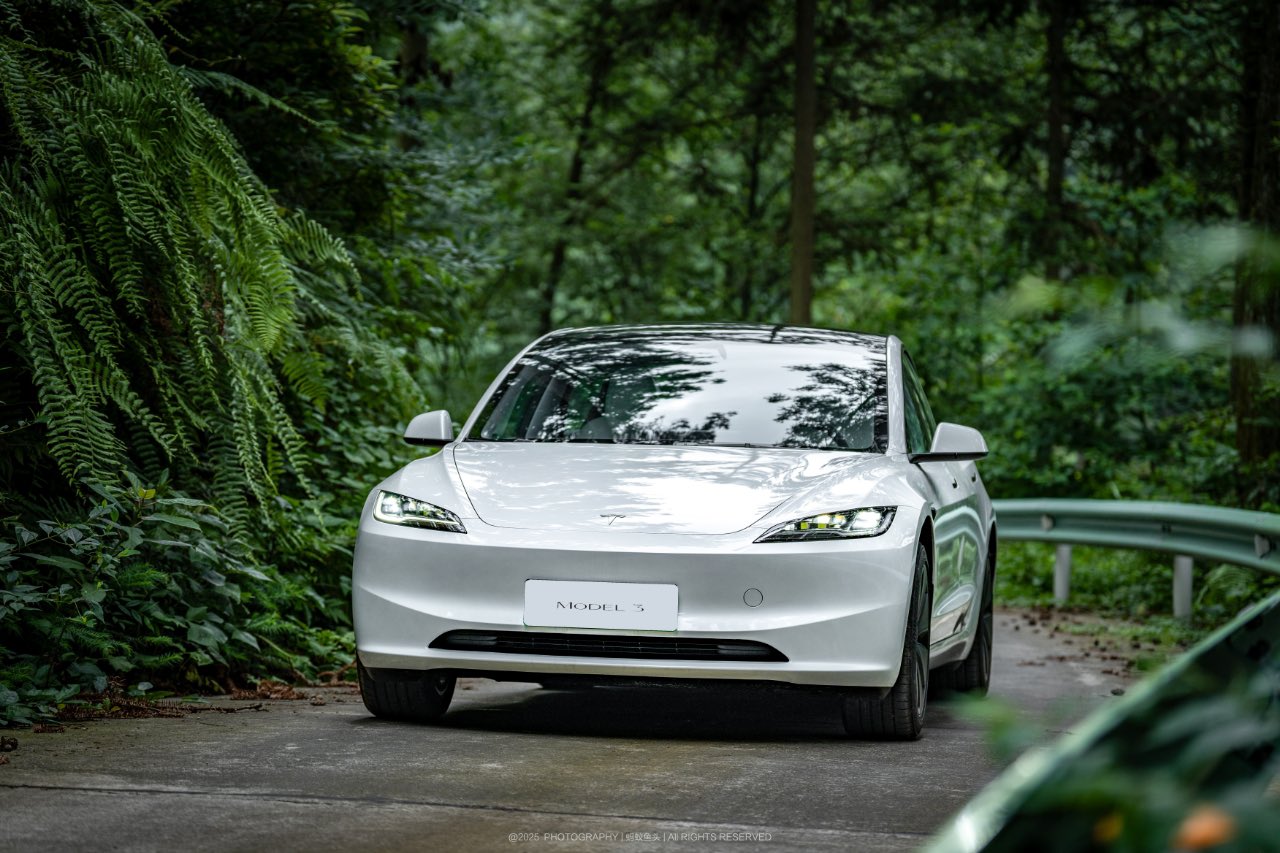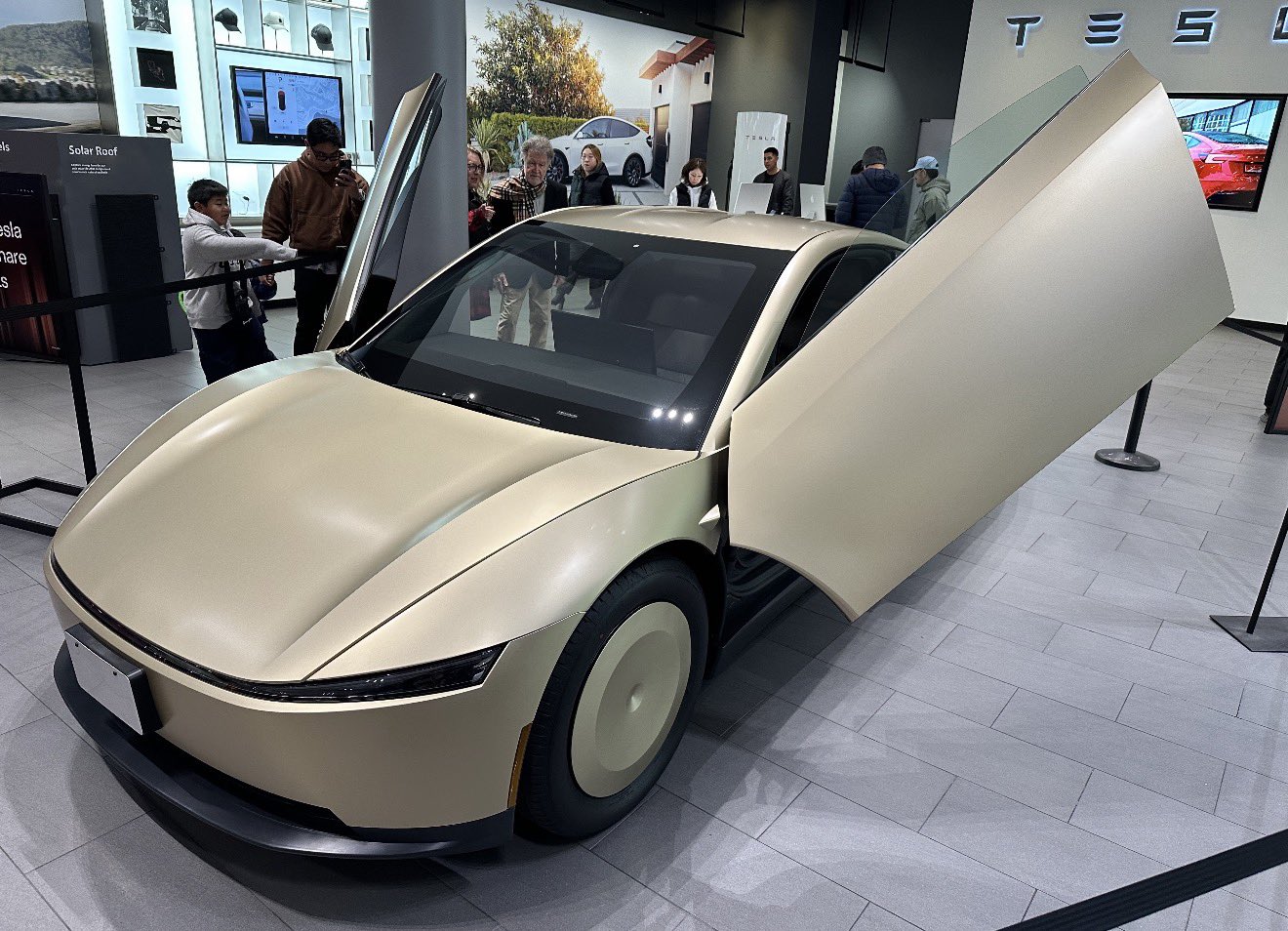

News
Ford throws shade at Tesla and GM, says F-150 EV will be a ‘real’ work truck
Ford, the maker of America’s most popular pickups, recently threw some shade at its competitors in the electric pickup market like Tesla and GM. In a recent statement, a Ford executive remarked that the electric F-150 will have an edge against its competitors because it will be a “real” work truck, not a “lifestyle” pickup like the Cybertruck or the upcoming Hummer EV.
During a media briefing this Wednesday, Kumar Galhotra, president of the Americas and international markets at Ford, highlighted that the electric F-150 will be built for heavy-duty hauling and towing. The truck will be fun to drive like its rivals from companies like Rivian and Tesla, but the vehicle’s heart will be all about work, not recreation.
“While all other electric pickups are competing for lifestyle customers, the all-electric F-150 is designed and engineered for hard-working customers that need a truck to do a job… We have a very substantial amount of brand equity in the ‘Built Ford Tough’ F-150 both in terms of design language, capability, and the name itself,” he said.

A lot is riding on the electric F-150. The pickup series is arguably the company’s most successful vehicles to date, and for good reason. Just last year, nearly 900,000 F-Series pickups were sold in the United States, generating $42 billion in revenue as per data from the Boston Consulting Group. This is a notable amount, considering that Ford’s entire automotive revenue for 2019 was $143.6 billion.
Yet for all its pedigree, Ford will likely be releasing the electric F-150 significantly later than its rivals. Even today, the American automaker expects the electric F-150 to be due around the middle of 2022. By this time, the electric pickup market will be active, with vehicles from Rivian and Tesla already competing in the market. Rivian expects to start deliveries of the R1T in June 2021, while leaks from Giga Texas have revealed that Tesla may start the Cybertruck’s trial production around May 2021.
Ford’s mid-2022 target is also a bit late compared to the estimated delivery target for the Lordstown Endurance, an all-electric pickup that is targeted towards fleet customers. GM, Ford’s longtime rival, has also confirmed that it is designing an electric pickup that’s expected to be more work-focused than the Hummer EV.

In a way, Ford’s recent statement seems to be a partial admission that the company has started its focus on the electric F-150 program a little too late. With old and new rivals poised to beat the electric F-150 to market, Ford seems to be relying on the F-150’s rock-solid reputation to boost its upcoming EV’s sales. This is a pretty good strategy considering the strength of the F-Series’ brand, but it also leaves the vehicle pretty open for disruption.
The Cybertruck, for example, may have the characteristics of a “lifestyle” pickup, but it has been promoted by Tesla as a real work truck despite its futuristic looks. An electric Chevy Silverado, which seems plausible given GM’s hints about a more work-focused pickup, would also be a legitimate challenger for Ford’s upcoming electric F-150.

News
Another Tesla Model 3 variant sold out for January 2026 in China
A look at Tesla China’s order page shows that new Model 3 LR RWD orders now have an estimated delivery date of February 2026.

Another Tesla Model 3 variant in China appears to have sold out for January 2026, with the vehicle now showing an estimated delivery date of February 2026 for new orders. This bodes well for the all-electric sedan, which has maintained notable sales despite more affordable rivals like the Xiaomi SU7 and its crossover sibling, the Model Y.
Model 3 LR RWD joins February 2026 queue
A look at Tesla China’s order page for the all-electric sedan shows that new Model 3 Long Range Rear Wheel Drive orders now have an estimated delivery date of February 2026. Priced from RMB 259,500 ($36,810), the LR RWD sits as the second-lowest-priced trim in Tesla China’s four-variant Model 3 lineup. The move follows a similar delivery timeframe for the Model 3 Performance, which remains the most expensive option for the vehicle, as noted in a CNEV Post report.
The estimated delivery dates of the two remaining Model 3 variants remain unchanged for now. The base RWD version, starting at RMB 235,500, and the LR AWD variant, priced from RMB 285,500, both continue to list estimated delivery times of 4-6 weeks. Tesla China, for its part, has continued to list in-stock Model 3 vehicles and is actively encouraging buyers to select inventory units for delivery before the end of the year.
Model Y delays and policy shifts
Delivery timelines for the Model Y in China are also stretching into 2026. All customized Model Y variants now show February 2026 as their estimated delivery date, except for the entry-level version, which still lists January 2026. Tesla has been urging customers since November to prioritize purchasing inventory vehicles, a push aimed at maximizing year-end deliveries.
Timing matters for Chinese buyers due to upcoming changes in government incentives. China’s new energy vehicle purchase tax exemption will be scaled back in 2026, which means customers who take delivery next year could face higher tax costs compared to those who are able to receive vehicles before the end of the year.
As per data from the China Passenger Car Association, Tesla recorded retail sales of 73,145 vehicles in November, down 0.47% year over year. From January through November, Tesla’s retail sales in China totaled 531,855 units, a 7.37% year-over-year drop.
News
Wedbush’s Dan Ives sees ‘monster year’ ahead for Tesla amid AI push
In a post on X, the analyst stated that the electric vehicle maker could hit a $3 trillion market cap by the end of 2026 in a bullish scenario.

Wedbush analyst Dan Ives is doubling down on Tesla’s (NASDAQ:TSLA) long-term upside. In a post on X, the analyst stated that the electric vehicle maker could hit a $3 trillion market cap by the end of 2026 in a bullish scenario, thanks to the company’s efforts to develop and push its artificial intelligence programs.
An aggressive valuation upside
Ives, Wedbush’s global head of tech research, stated in his post that Tesla is entering a pivotal period as its autonomy and robotics ambitions move closer to commercialization. He expects Tesla’s market cap to reach $2 trillion in 2026, representing roughly 33% upside from current levels, with a bull case up to a $3 trillion market cap by year-end.
Overall, Ives noted that 2026 could become a “monster year” for TSLA. “Heading into 2026, this marks a monster year ahead for Tesla/Musk as the autonomous and robotics chapter begins. We believe Tesla hits a $2 trillion market cap in 2026 and in a bull case scenario $3 trillion by end of 2026… as the AI chapter takes hold at TSLA,” the analyst wrote.
Ives also reiterated his “Outperform” rating on TSLA stock, as well as his $600 per share price target.
Unsupervised Full-Self Driving tests
Fueling optimism is Tesla’s recent autonomous vehicle testing in Austin, Texas. Over the weekend, at least two Tesla Model Ys were spotted driving on public roads without a safety monitor or any other occupants. CEO Elon Musk later confirmed the footage of one of the vehicles on X, writing in a post that “testing is underway with no occupant in the car.”
It remains unclear whether the vehicle was supported by chase cars or remote monitoring, and Tesla has not disclosed how many vehicles are involved. That being said, Elon Musk stated a week ago that Tesla would be removing its Safety Monitors from its vehicles “within the next three weeks.” Based on the driverless vehicles’ sightings so far, it appears that Musk’s estimate may be right on the mark, at least for now.
News
Production-ready Tesla Cybercab hits showroom floor in San Jose
Tesla has implemented subtle but significant updates to both the Cybercab’s exterior and interior elements.

Tesla has showcased what appears to be a near-production-ready Cybercab at its Santana Row showroom in San Jose, California, giving visitors the closest look yet at the autonomous two-seater’s refined design.
Based on photos of the near-production-ready vehicle, the electric vehicle maker has implemented subtle but significant updates to both the Cybercab’s exterior and interior elements, making the vehicle look more polished and seemingly more comfortable than its prototypes from last year.
Exterior and interior refinements
The updated Cybercab, whose photos were initially shared by Tesla advocate Nic Cruz Patane, now features a new frameless window design, an extended bottom splitter on the front bumper, and a slightly updated rear hatch. It also includes a production-spec front lightbar with integrated headlights, new wheel covers, and a license plate bracket.
Notably, the vehicle now has two windshield wipers instead of the prototype’s single unit, along with powered door struts, seemingly for smoother opening of its butterfly doors. Inside, the Cybercab now sports what appears to be a redesigned dash and door panels, updated carpet material, and slightly refined seat cushions with new center cupholders. Its legroom seems to have gotten slightly larger as well.
Cybercab sightings
Sightings of the updated Cybercab have been abundant in recent months. At the end of October, the Tesla AI team teased some of the autonomous two-seater’s updates after it showed a photo of the vehicle being driven through an In-N-Out drive-through by employees in Halloween costumes. The photos of the Cybercab were fun, but they were significant, with longtime Tesla watchers noting that the company has a tradition of driving its prototypes through the fast food chain’s drive-throughs.
Even at the time, Tesla enthusiasts noticed that the Cybercab had received some design changes, such as segmented DRLs and headlamps, actual turn signals, and a splitter that’s a lot sharper. Larger door openings, which now seem to have been teasing the vehicle’s updated cabin, were also observed at the time.








